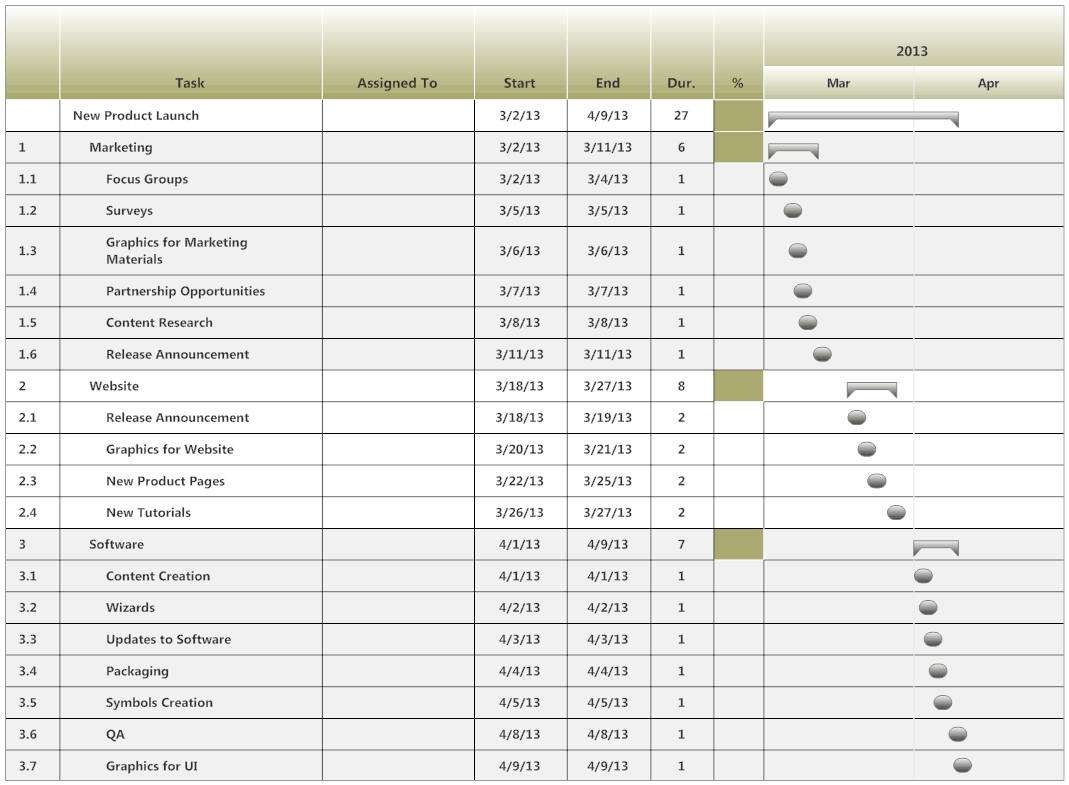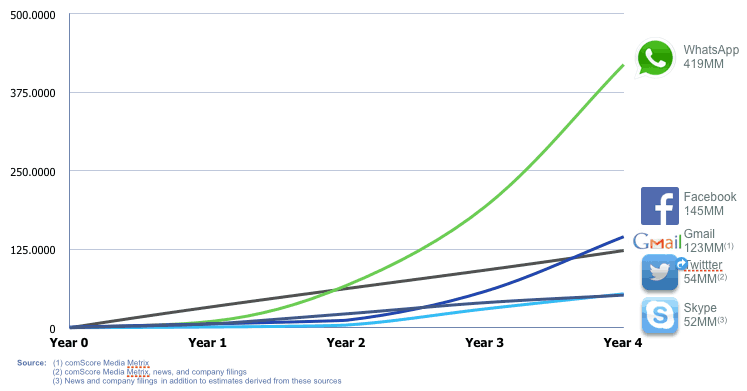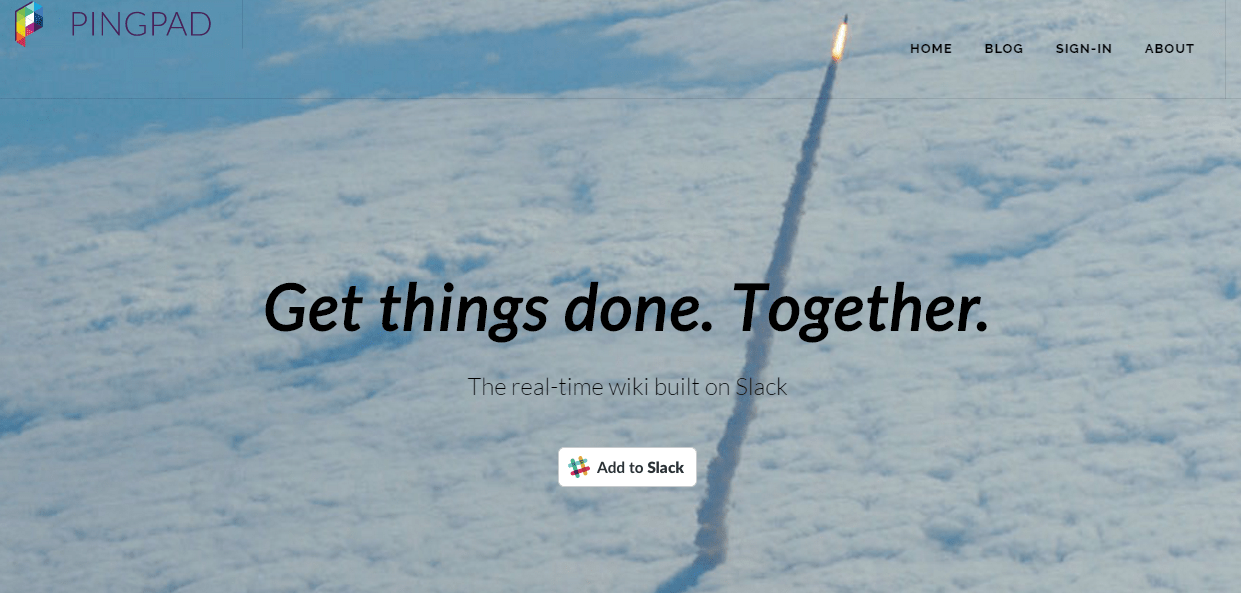11 Common Product Launch Mistakes and How To Avoid Them

Product Launch Mistakes Are Sooo Common!
Excited about launching your new product? Of course you are! But maybe your excitement is mixed with a tinge of anxiety as well. This is all perfectly normal since most product launches fail. In fact, CMS Wire reported that around 80% of newly-launched products fail in the consumer packaged goods industry. These shocking numbers can only mean that many manufacturers aren’t doing it right when launching a product. So you’ll need to be prepared to avoid those mistakes in order to ensure that your product launches successfully. Here are 11 things you need to avoid in order to have a successful product launch plan:
1. Improper Planning and Scheduling
Remember the saying “failing to plan is planning to fail”? As cheesy as the line may sound, it speaks the truth especially in the case of product launches. With so many elements involved in the creation and launch of a new product, it’s crucial that you establish a proper product launch plan early on. You can then update this product launch plan throughout the process. This will help you avoid making a mistake just because you were too keen on sticking to the plan. Improper planning and scheduling of the launch process can result in everything going haywire.
Before you get started with anything, you need to start by mapping out the entire process – from dates and times to teams and tasks. Avoid simply assigning different teams with different tasks that need to be accomplished within a certain time-frame. Provide them with a complete chart of the product launch plan so that they can be thoroughly prepared. Having a good leader to manage these teams is also necessary.
To be better organized with your product launch plan, use a product launch template customized according to your needs. Here’s an example of what your template could look like, (but it doesn’t mean you have to create one exactly like this).
2. A Product Launch Plan that Ignores Marketing
You’re too focused on the production process and other aspects of the launch that you completely neglect the marketing. You’re creating a new product in order to earn revenue and marketing is the only thing that can help you really achieve that goal. You can’t just build the product and then employ a marketing team when you’re ready to launch.
Market research and planning should be conducted along with the development of the product. They should be a crucial part of your product launch plan, if not the foundation. Through this, you will be able to discover your unique selling point and present it in way that appeals to your target audience. If the newly-launched products have some similarities with competitor products, the right marketing team should be able to help you create a unique identity.
By closely working with your marketing team throughout the development of the product, you can prepare to make a splash as you launch your product. You’ll need to discuss how to promote the launch, which channels to use, how to get the press involved, etc. And these should all fit into your product launch plan. Your marketing team can also help you identify what kind of marketing tactics you should use and what kind of influencers would be best to work with.
3. Announcing a Launch Date Too Early
You’re excited about launching the product but don’t let your excitement compel you to make brash decisions. When you’re over-excited, you may make the mistake of announcing the launch date way ahead of time. What if you experience some issues along the way and you have to delay the launch? That’s going to be disappointing for your customers because you made a promise to them that you can’t keep. This means they won’t embrace your newly-launched product as much as expected, even after it actually launches.
It’s like this. You build up hype over your new product over a period of time. If you fail to deliver close to a stated date, you make it more difficult to maintain that hype. This is an easily-avoided mistake. Simply, don’t announce your launch date too early! Set a realistic deadline and announce the expected launch date only when you’re certain that you’ll be able to meet that deadline.
Let’s say you’re a couple of months away from the deadline you’ve set and you notice that everything is going according to the product launch plan. In such a case, it would be safe to start considering a launch date. Even then though, hold off announcing it to the public.
A Well Known Example
Announcing your launch date too early could result in the Osborne effect, which is when a company experiences unintended consequences after it announces a future product without anticipating various risks and challenges. An example of this is when Research in Motion announced in May 2011 the upcoming availability of the first OS7-based Blackberry Bold handsets.
Everything would have gone well if not for Mike Lazaridis, the company’s Co-Chief Executive informing the public about how these new phones couldn’t be upgraded to the next-generation QNX OS (known as Blackberry 10), due to be released the following year. This early announcement of an upcoming product negatively affected the sales of the newly-launched products from the company.
4. Ignoring Various Internal Teams
Some manufacturers may be too keen on building suspense about their product that they even try to refrain from revealing it to the entire company until very late. Keeping your product under wraps for too long means various internal teams don’t have enough time to prepare for it and follow through with the product launch plan. Remember that different departments will have a role to play in the product launch, meaning you need to get everyone involved as early as possible.
For example, your support team can help you understand the queries and doubts your target audience might have since they normally work closely with users. The technical team can help you prepare for technical challenges and prepare for solutions to various technical issues. The sales team can help you determine which features of the product you should “sell” during the launch. All of these will play a huge role in creating a successful product launch plan.
5. Improper Problem Definition
Newly-launched products are designed as solutions for something. What problem does your product solve? Without understanding the exact problem your newly-launched product can address, you might face some issues developing an effective promotion strategy. Who is your target audience? What kind of issues do they face? How exactly will your product help people with those issues? You need to have a thorough understanding of all of these elements.
Proper market research should be able to help you identify the problem your newly-launched products can address. Through this research process, you can identify the kind of audience facing this type of problem. You can also gain a better understanding of how badly the solution is needed. You’ll need to know your audience in-depth and then understand their pain points so you can present your newly-launched products as solutions for those problems.
Let’s take for example Google Wave, which was introduced with a lot of fanfare and made a lot of buzz in the market. Yet the product ended up being a huge failure. In addition to being buggy and improperly-developed, the product seemed to confuse users. It was complicated and didn’t really address consumers’ pain points. People were confused as to exactly what the product did and how they were supposed to use it. It is still considered one of Google’s biggest failures.
6. Inability to Support Fast Growth
Regardless of how well you plan ahead and market them, there’s a chance your newly-launched products will fail. Otherwise, they could also take off at a pace that your company cannot catch up with. Let’s say there’s a growing demand for the product but you don’t have enough resources to meet those demands. You need to be prepared for this fast growth, so as to ensure long-term success of the product.
In order to avoid this, you need to develop a growth plan along with your product launch plan well ahead of time. This helps you have a backup plan in case the product does take off. How will you adapt to it? How will you meet the growing demands of your customers? Although there’s a chance of failure, it’s crucial to be prepared for different situations such as this in your product launch plan.
WhatsApp can be considered as one of the most successful product launch examples. In fact, it amassed around 419 million users during the first four year after launch, while Facebook managed to get around 145 million users during the same period. Yet even when the messaging service managed to get around 450 million users, there were still only 55 employees behind it. So they ended up having to sell to Facebook.
7. Inefficient and Unclear Product Messaging
Do you really think people buy newly-launched products even if they have no idea what those products do? Your target audience needs to have a clear idea what your product is all about, what it does, and how it can benefit them. This is why you need to work closely with your marketing and sales teams when developing your product launch plan. They will help you come up with a way to effectively communicate what your product does.
This is the part where you create a clear and persuasive messaging for the product as you work through your product launch plan. It is closely connected with the earlier point covering problem definition. Understanding the problem it solves will help you come up with better messaging.
What To Do?
To ensure that the messaging you’ve created is clearly understood by your target audience, you could further carry out a survey or test.
The test would involve a sample group comprised of different customer personas within your target audience. You can reveal the product messaging to them and see how well they understand the product just from the messaging alone.
A clear and persuasive product messaging is especially crucial for newly-launched products that are a bit more technical and/or complex. Your marketing, sales, and support team should have a thorough understanding of the product and how it works. This will help them explain the product in a way that your audience will understand.
There are several successful product launch examples where the company clearly defines their product messaging. Let’s take a look at the launch of Coca-Cola Life, for example. In an age where people are developing an increasing awareness of the dangers of artificial sweeteners and carbonated drinks, the company decided to address those concerns with a new drink. So they used natural sweeteners and promoted the fact that Coca-Cola Life has a lower calorie count than regular Coca-Cola.
8. Spending Too Much on the Launch
Just like every other company, you want your newly-launched products to be successful. So you plan a product launch that will make a splash. Yes, the product launch stage is important as it’s the kickoff for your new product. That doesn’t mean you should blow your entire budget on the product launch itself. Keep in mind that newly-launched products will need ongoing support to ensure that they succeed in the long run.
The marketing and promotion will require constant effort and shouldn’t just be part of your product launch plan but your post-launch plan as well. For example, you might need to continue employing a PR team to manage the reputation of your company and your newly-launched products. You will also need to constantly promote the newly-launched products through social media channels, run contests, provide seasonal discounts, etc.
So, you will need to set up a fixed budget for the product launch and promotion of your newly-launched products. You can set aside a huge budget if you have the luxury to do so. But make sure there’s enough left to carry on with the continued promotion of your newly-launched products.
9. Ignoring Pre-Launch Testing and Feedback
You’re so sure that your product will be a success that you don’t even think about testing it out with some users. So you go ahead with the product launch plan and launch the product without any testing. But then you end up realizing that there’s a flaw you could have detected if you’d only tested the product. When you’re developing a product, it’s easy to have subjective opinions about it and normally turn a blind eye towards all the product’s flaws and challenges. This makes pre-launch testing an important part of your product launch plan.
Beta testers and pre-launch users can give you some valuable insight into what your product is lacking, forming a valuable part of your product launch plan. They aren’t as close to the product as you are, meaning they can provide you with more objective feedback. This makes it crucial to have the product examined by a second set of eyes instead of just relying on what your team thinks about it. Thorough testing and listening to user feedback can ensure the long-term success of newly-launched products.
Use Your Network!
You will need to share early prototypes with a handful of your target audience or conduct usability tests with impartial beta testers before you go ahead with your product launch plan. You can then conduct surveys about it once a few users have tested out the product. But don’t just stick to the questions and answers because that will only give you information about what works and what doesn’t. You will need thorough feedback about what users like about the product and what parts they think need improvement.
If you take a look at successful product launch examples, you’ll notice that successful manufacturers and publishers listen to what people have to say. You will be marketing the newly-launched products to them, so why not take the opinion of the people who actually matter? Take for example how Baker Books listened to the opinions of the public in choosing the cover for a new book they were publishing – “Living Forward” written by Michael Hyatt and Daniel Harkavy.
They prioritized what prospective readers felt about different book covers in order to choose one that would sell better. And by choosing the cover that appealed most to their target audience, they showed the audience that Baker Books really cares what they think.
10. Not Setting Up a Support and Feedback Process
You’ve launched your product and you’re starting to make some revenue from the sales. Everything seems to be going well, right? What about some of the users or customers facing an issue with the newly-launched products? How are they going to get the issues fixed and how do you intend to help them? Every successful product launch plan must have a realistic process for providing support and receiving feedback, post launch.
You could begin with a simple support process where people can contact you through an email address or by filling out a “contact us” form on your website. This way, you can respond to them and handle support issues and queries in your own time. Make sure this is a part of your product launch plan, so that people who buy the newly-launched products don’t have a bad experience using them.
You could also create a FAQs page to answer some simple and common questions people might have about the product. In addition to this, it’s important to ensure that users continue giving you valuable feedback about your newly-launched products. Make sure you provide them with a proper channel to send in their feedback, like in a feedback form or a public forum where they can share their thoughts about the product.
11. Over-Promising and Under-Delivering
So you’ve built up a lot of hype about your product and people are excited to get one of their very own. But what if your newly-launched products end up being a disappointment for those buyers? You might have experienced this yourself. You were impatiently waiting to buy a product, but once you got it, you realized that the features you were looking forward to didn’t really live up to your expectations.
When you’re promoting your newly-launched products, you need to make sure that you build just enough hype to get people excited. At the same time, you should also avoid exaggerating features that might not really live up to users’ expectations. If the product doesn’t do what you’ve promised it would do, that’s just going to ruin your relationship with those users. With all the hype you’re built, they will have certain expectations about what the product can do.
Getting Around This is Easy!
Leave a little room for people to find out for themselves what the product can do. It’s easy to go overboard when you’re promoting the features of newly-launched products. Just make sure to tread lightly and carefully plan out how you will promote the new product. This would need to be part of your marketing product launch plan. Your marketing and sales teams should help you find the right balance between building hype and setting realistic expectations for the product.
Additionally, this mistake can happen when you’re too scared to miss the deadline and you rush through the development process. You might have faced some delays at certain stages of development. But instead of pushing off the launch date, you decide to follow through with the product launch plan and launch it anyway. You’re presenting an incomplete product to your audience. This means that there is a huge chance of failure for the product.
The messaging for Pingpad, for instance, talks about how people can get things done together. The app lets users create groups through which they can send messages, create tasks, share notes, and do much more. So the product messaging here clearly defines what the product can do without over-promising.
Bottom Line
You now have a list of 11 things to avoid when you wish to create a successful product launch plan. Proper research, proper planning, proper implementation of feedback and proper post-launch support can get you a long way in launching your product successfully. So take the time to cover all these elements before launching your product.
Have you seen other mistakes I didn’t mention above? Do you have any questions, cautionary tales or suggested remedies. Please leave a comment, below.
Shane Barker
Latest posts by Shane Barker (see all)
- How to Use Hashtag Tracking to Optimize Your Social Media Content - January 14, 2021
- How to Engage Your Target Audience Using These 5 Tactics - October 21, 2020
- 5 Things to Keep in Mind for Your Next Digital Marketing Campaign - September 16, 2020








